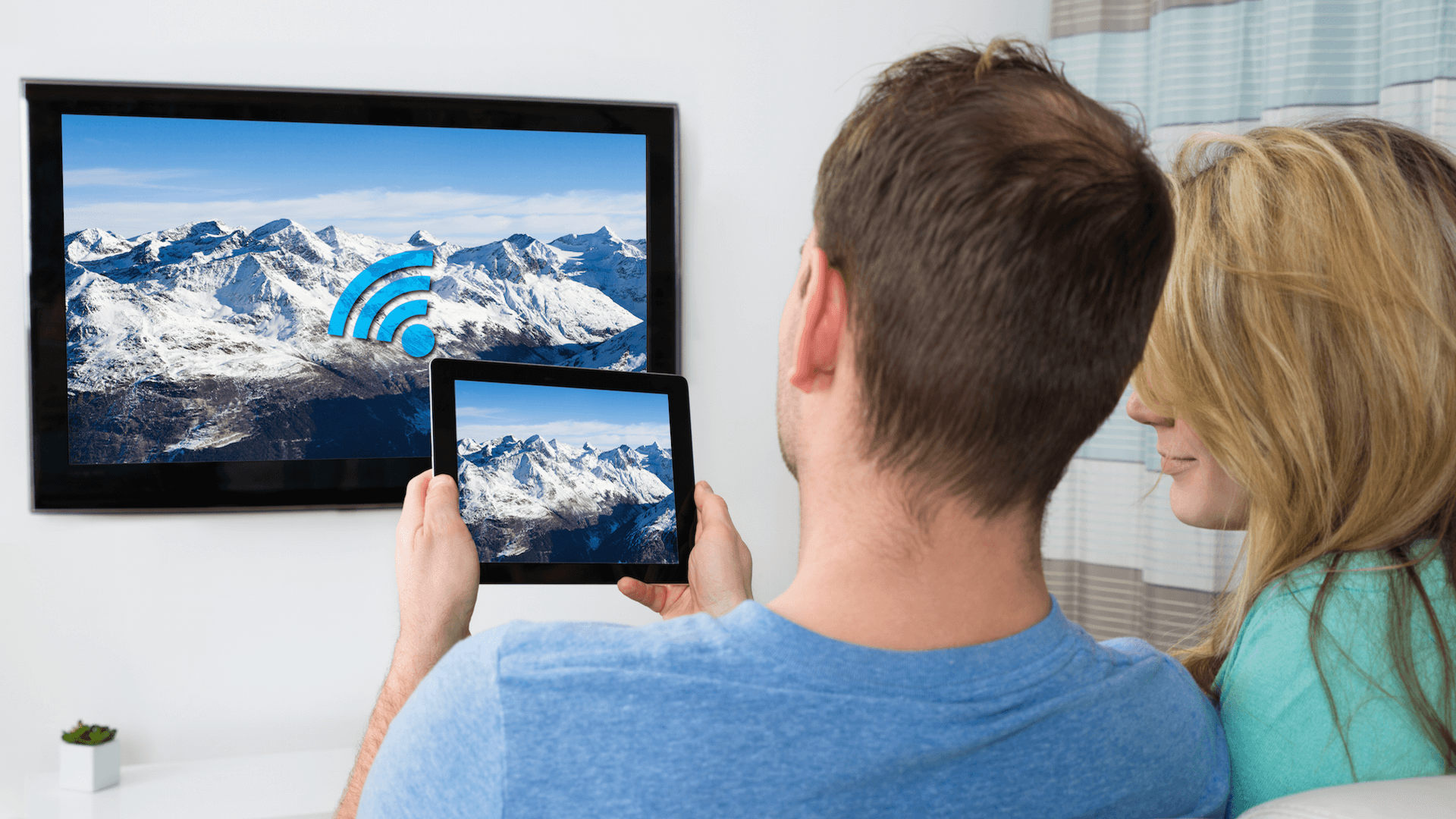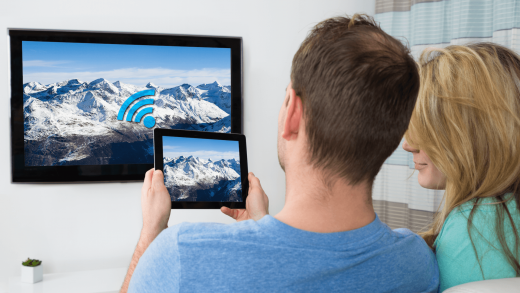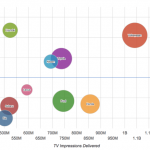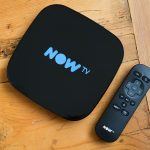Television meets internet in emerging new ATSC 3.0 standard
If popular, this next-gen TV could mean addressable viewers, interactivity, coupons delivered with programs and true cross-channel campaigns.

Traditional television and internet-delivered television are heading for a merger in a new, next-generation standard. And the result could be a complete overhaul of how cross-channel marketing and ad campaigns are conducted.
The merger is part of version 3.0 of the Advanced Television Systems Committee standard, or ATSC 3.0 for short. Our current HD system is ATSC 1.0, and 2.0 has been skipped in favor of this more advanced incarnation.
Under 3.0 — which is expected to be finalized as a standard this spring — the television signal becomes based on Internet Protocol, the IP family whose most famous member is the internet.
As a result of that shift, the same broadcast signal can be delivered to compatible mobile devices and to ATSC 3.0 TV sets. And TVs and streaming boxes like Roku can house applications to manage the TV stream, just as Net-based applications manage data.
Every household watching an ATSC 3.0 TV program — and potentially every viewer, if the application asks for sign-in in order to populate preferences — will be identifiable and addressable. Today, some TV viewers are addressable through set-top boxes, but it is not a uniform standard, and it doesn’t apply to viewers who watch over-the-air TV.
Every TV household will have the kind of profile that an online user has, consisting of TV-specific data integrated with your online and offline selves. As a result, true cross-channel campaigns — where TV and the Net are equally addressable and trackable — could become much easier.
‘Like an app experience’
Television, according to OneMedia EVP and CTO Kevin Gage, becomes more “like an app experience.” OneMedia is involved in the transition to next-gen TV.
Because of advanced radio frequency techniques, every ATSC 3.0 channel having a standard 6 MHz bandwidth can handle multiple streams of television, with the resolution of each TV program — including 4K or even higher — determined by the broadcaster.
Gage told me of a tablet demo he presented, where the ATSC 3.0 TV program carried a discount coupon to a McDonald’s, as well as the location data to pinpoint the nearest McDonald’s on a map.
But that’s just one-way data. If the viewing device has access to a return channel — that is, if it’s connected to the internet — the program and ads can have interactive components built on web standards, combined by the application with the TV broadcast.
The application and on-board memory can also store multiple ads for each break, some of which could have been downloaded with the broadcast program and others that could have been pre-recorded and stored.
For example, a household whose profile indicates senior citizens who take frequent cruises could see an ad for a new cruise package in the first commercial break of NBC’s “This Is Us,” while the household next door, watching the same program, might see a different ad at that point. Interactive elements could allow the senior citizens to purchase their tickets immediately.
In fact, several alternative sections of TV programming could be transmitted or pre-recorded and stored, delivering a different ending that is based on a household’s profile.
Choose your shot
Anne Schell is Managing Director of Pearl TV. Her organization conducts projects relating to new broadcasting technology on behalf of eight broadcasters, representing 220 local stations.
She suggested that, with ATSC 3.0, a viewer watching a NASCAR race might be able to switch between program streams, from a wide-angle view of the entire race to, say, a point-of-view shot inside one of the competing race cars.
Once the entire ATSC 3.0 standard has been ratified this spring, compatible devices could start rolling out as early as fourth quarter of this year. One catch: it’s not backward compatible, so the TV set you now own won’t work with the new standard.
For a transition period, dual-standard devices will support 1.0 and 3.0, although adoption by TV stations, advertisers and viewers is voluntary. Some industry observers predict that it may take up to five years for most viewers to make the transition.
Of course, we’ve seen 3-D TV and other new technologies fail to catch hold, and it’s possible ATSC 3.0 will suffer the same fate. Like many others, I’m not sure my eyes can handle much more resolution, and Net-based interactivity is already keeping me plenty busy.
So, the pending challenge is whether the industries involved can show that ATSC 3.0 offers new values so clear that you and I must have the next gen.
Stay tuned.
Marketing Land – Internet Marketing News, Strategies & Tips
(43)









